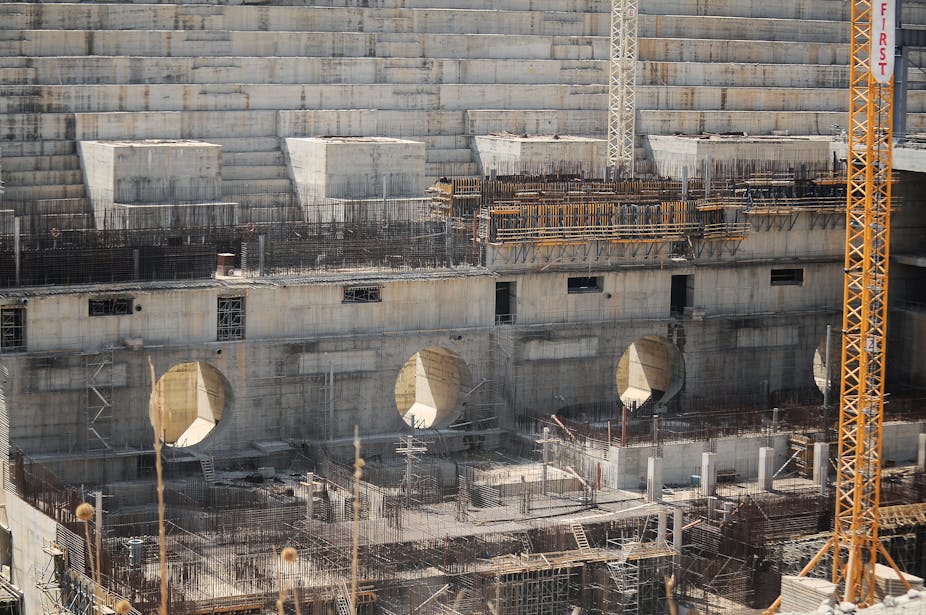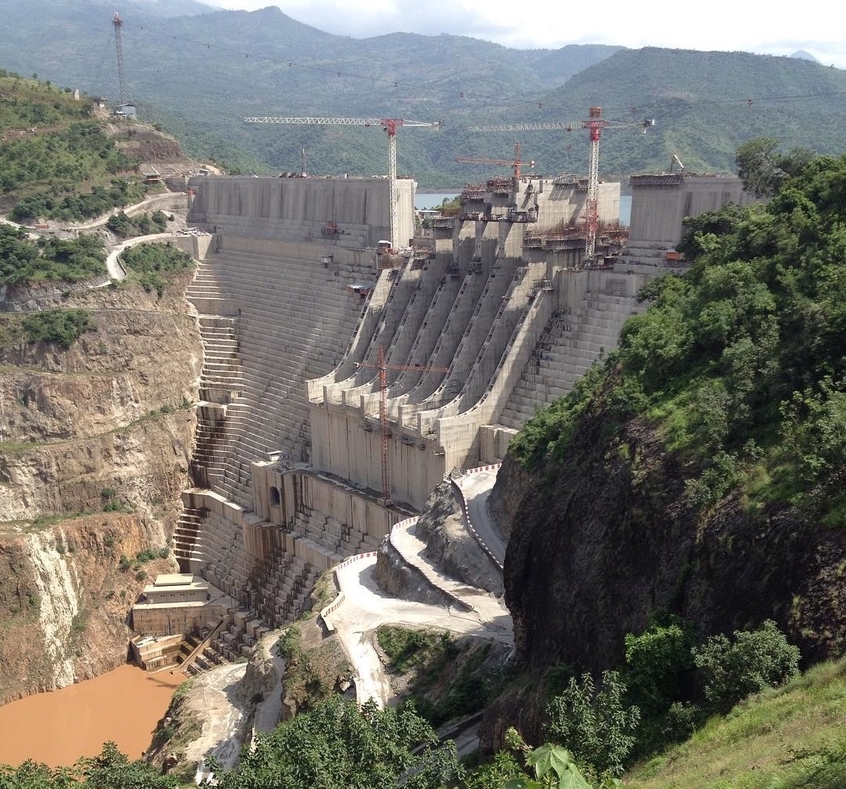Ethiopia to start rationing electricity due to mega-dam water level drops.
The drop in water levels behind the 1,870MW Gibe III dam on the Omo River, which began full operations in 2016, had caused a deficit of 476MW, more than a third of the country’s electricity generation of 1,400MW, Reuters reported. Thus, forcing Ethiopia to start rationing electricity for domestic and industrial customers after a drop in water levels in hydroelectric dams.

Minister for water and electricity Seleshi Bekele said on Friday that the drop in water levels at the country’s Gibe 3 dam led to a deficit of 476 megawatts (MW), more than a third of the country’s electricity generation of 1,400 MW.
![Drop in water levels at Gibe dam led to a deficit of 476 megawatts, more than a third of Ethiopia's electricity generation [Eric Lafforgue/Getty Images]](https://www.aljazeera.com/mritems/imagecache/mbdxxlarge/mritems/Images/2019/5/18/6e67236f21564dba91433a5120b53d53_18.jpg)
Ethiopia also suspended electricity exports to neighbouring Djibouti and Sudan, which earns the country $180m a year, the minister said.
Under the rationing programme, which runs until July, domestic consumers will face blackouts for several hours each day, while cement and steel firms will have to operate fewer shifts due to the cuts, Seleshi said.

Ethiopia’s $4bn dam project on the Nile river, which has been beset by construction delays and criticism from Egypt, is expected to start initial operations in December 2020.
The project has caused problems with Egypt, which fears the dam will restrict Nile river waters coming down from Ethiopia’s highlands through the deserts of Sudan to the Egyptian fields and reservoirs.
The planned 6,000-megawatt Grand Renaissance Dam is the centrepiece of Ethiopia’s bid to become Africa’s biggest power exporter.


